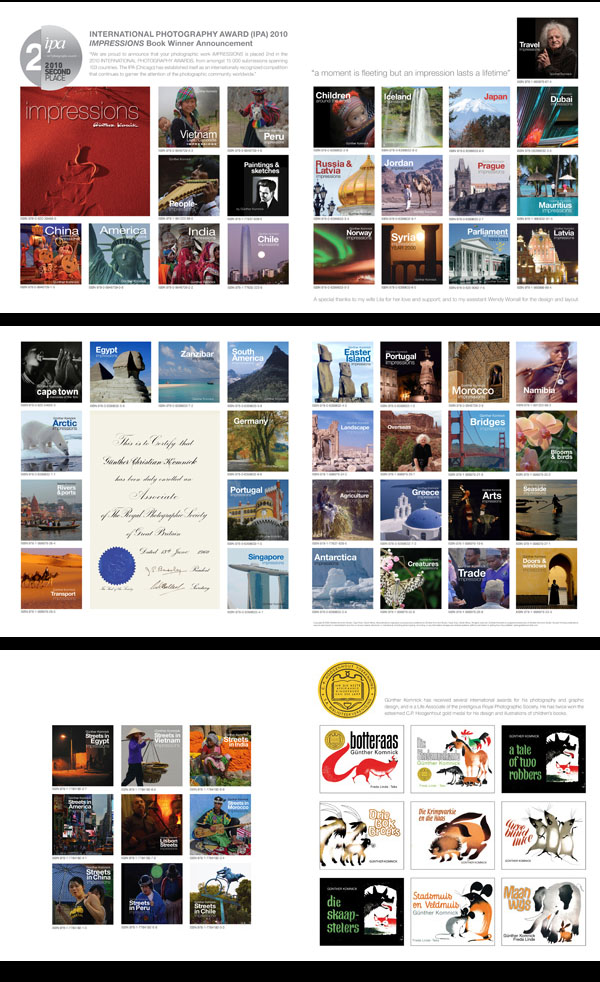The monumental glory and elegance of Prague is keenly captured in G√ľnther Komnick's luxuriant tribute to this jewel of a city. Situated at the crossroads of Europe's cultural and linguistic streams, it survived various religious wars as well as the wars of the 20th century intact, making it nothing short of a miracle that the city still exists at all. When one bears in mind the devastation wrought by World War II upon cities in the region, such as Dresden, Berlin and Warsaw, one can only marvel that the city is still there for us to admire. Paradoxically, the decades of communist rule also saved the city from some of the worst attributes of brash commercialisation.
For centuries part of the Habsburg Empire, Prague was the centre of music, the arts and literature and also the home of the Charles University, founded in 1348 and thus one of the oldest in Europe. Prague, being at the centre of Bohemia, as this part of the Czech lands was traditionally called, found itself in the middle of the Thirty Years' War (1618-1648). Yet throughout the various political machinations of centuries past, the city maintained its primacy as a centre of German and Czech culture and identity. For King Wenceslas and personages such as Mozart, Kafka and the philosopher Edmund Husserl, Prague was either home or a place to imbibe the city's extraordinary cultural vitality.
Prague only became the capital of a cobbled-together country called Czechoslovakia in 1918 when the Habsburg Empire collapsed. Czecho-slovakia was a crude agglomeration of various ethnic groups, but at its centre was Prague, which in 1938 might very well have been razed to the ground had the Czech government at the time under Edvard Benes not decided to accede to German demands instead of going to war.
In the "Prague Spring" of August 1968, the city was again at the centre of world attention when Alexander Dubcek challenged Soviet domination. This only ended with the "Velvet Revolution" in which a peaceful transition to democracy took the form of demonstrations lasting from 17 November until 29 December 1989.
In this loving tribute to the city, savour and share Komnick's enchantment with one of humanity's greatest achievements, the city of Prague.
Dr Wilhelm Snyman, Auckland, New Zealand, 2018
